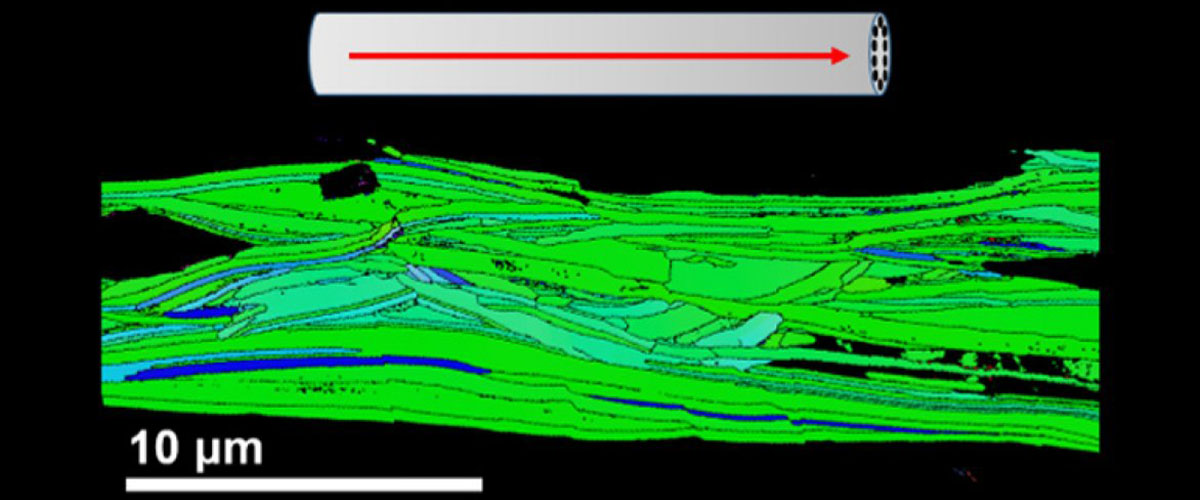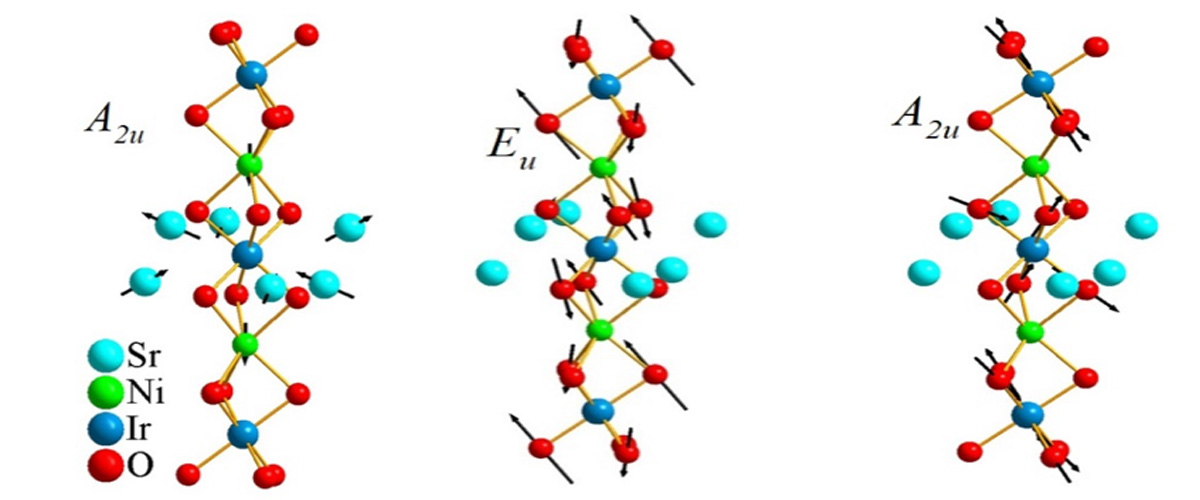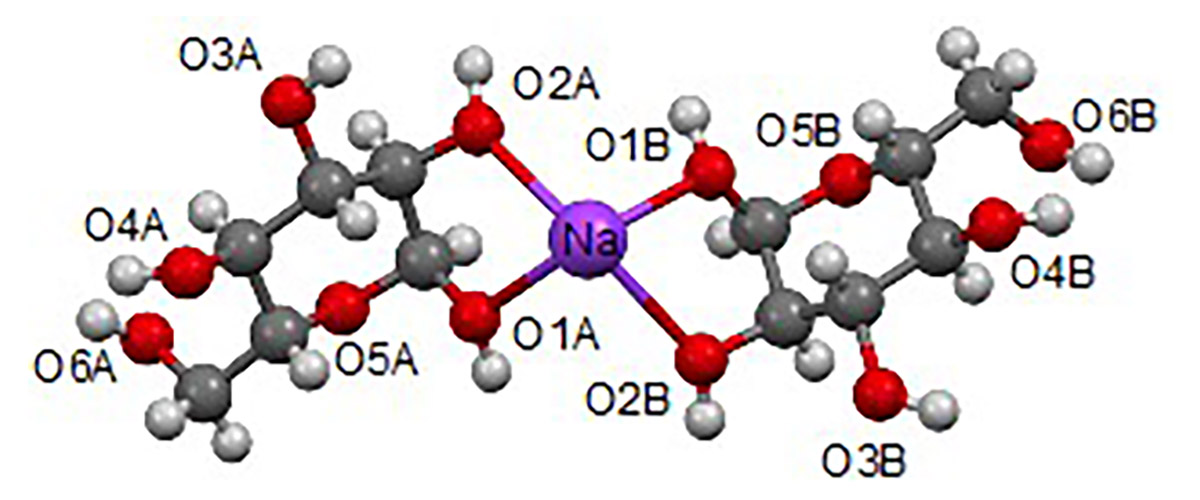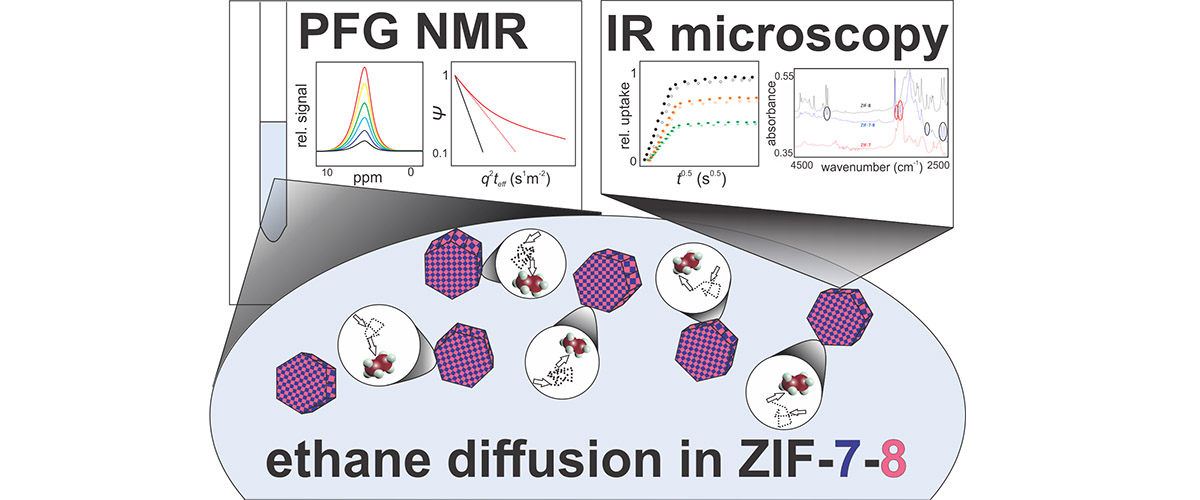What is the finding?
To understand the mechanics of Bi-2212 (Bi2Sr2Ca1Cu2Ox) superconducting round wires with the goal of optimizing its performance, we studied the property changes after removing oxygen from optimized, oxygen overdoped Bi-2212 round wires. We found that although removing oxygen from Bi-2212 round wires decreased their performance, our samples did not develop significant supercurrent bottlenecks, indicating that the microstructure of the superconducting filaments is inherently very resilient against the formation of weak links, a situation unique to Bi-2212 among high-temperature superconductors.
Why is this important?
These results bring the high-temperature superconducting (HTS) materials community closer to realizing and controlling high performance in Bi-2212 round wires. Improved performance is likely to lead to a new frontier of high-field magnets that use Bi-2212 round wire. Round wire is typically easier to form into cables that are necessary to wind low-inductance, hence better-protected HTS magnets. Round wires might also enable higher-homogeneity HTS magnets.
Who did the research?
Y. Oz1,2, J. Jiang2, M. Matras2,3, T.A. Oloye2,3, F. Kametani2,3, E.E. Hellstrom2,3, D.C. Larbalestier2,3
1Florida State University, 2Applied Superconductivity Center, 3FAMU-FSU College of Engineering
Why did this research need the MagLab?
A wide and diverse array of electromagnetic characterization devices were used by researchers at the MagLab's Applied Superconductivity Center, including magnetometers, magnets, and electron microscopes. This research infrastructure, along with the unique skills of the interdisciplinary research team, made possible this study of the conductor and its applications in test coils.
Details for scientists
- View or download the expert-level Science Highlight, Absence of Weak-Links in Bi-2212 Round Wire
- Read the full-length publication, Conundrum of strongly coupled supercurrent flow in both under- and overdoped Bi-2212 round wires, in Phys. Rev. Materials
Funding
This research was funded by the following grants: NSF DMR-1644779; DMR-1157490; DE-SC0010421
For more information, contact Lance Cooley.






